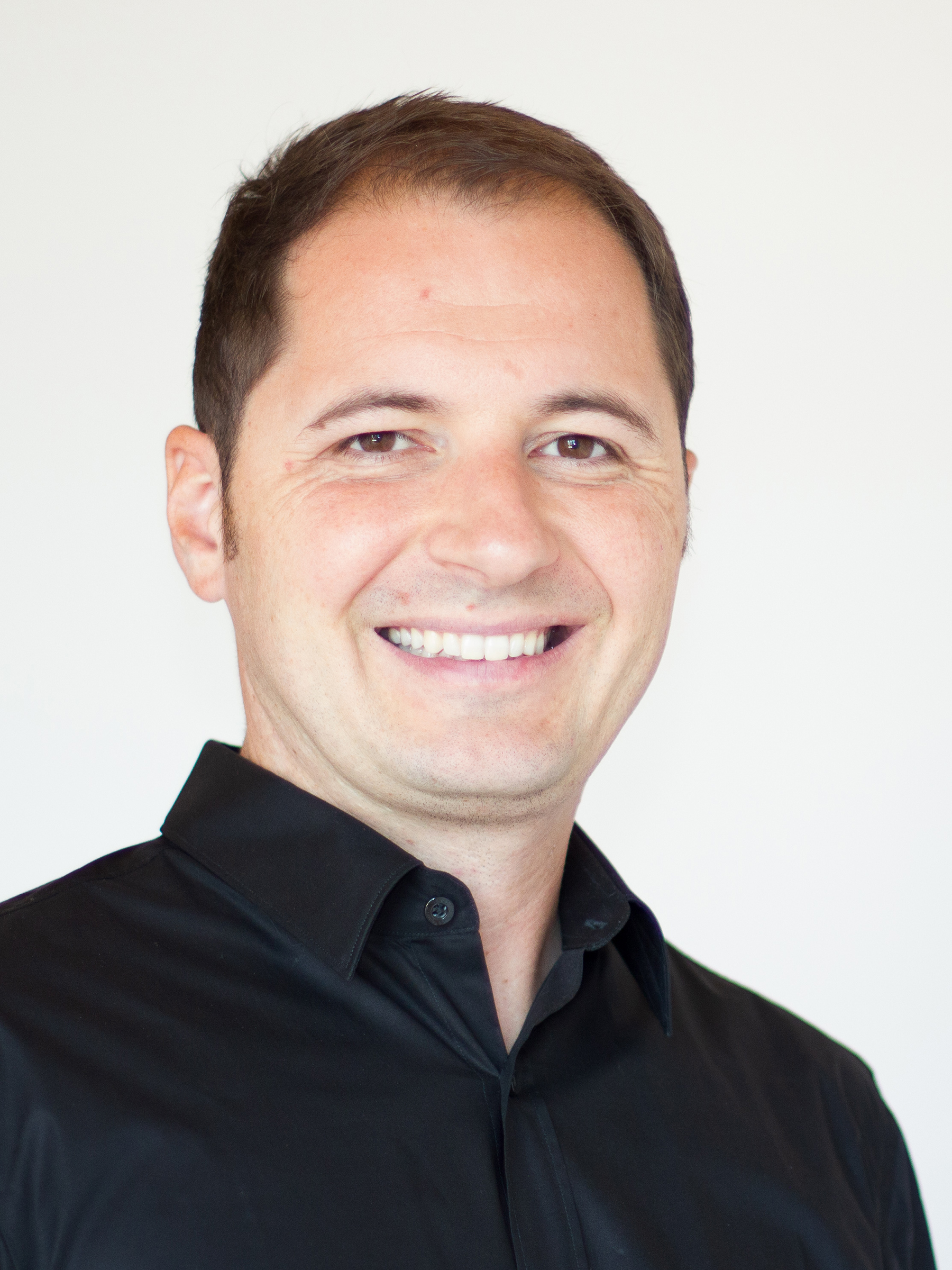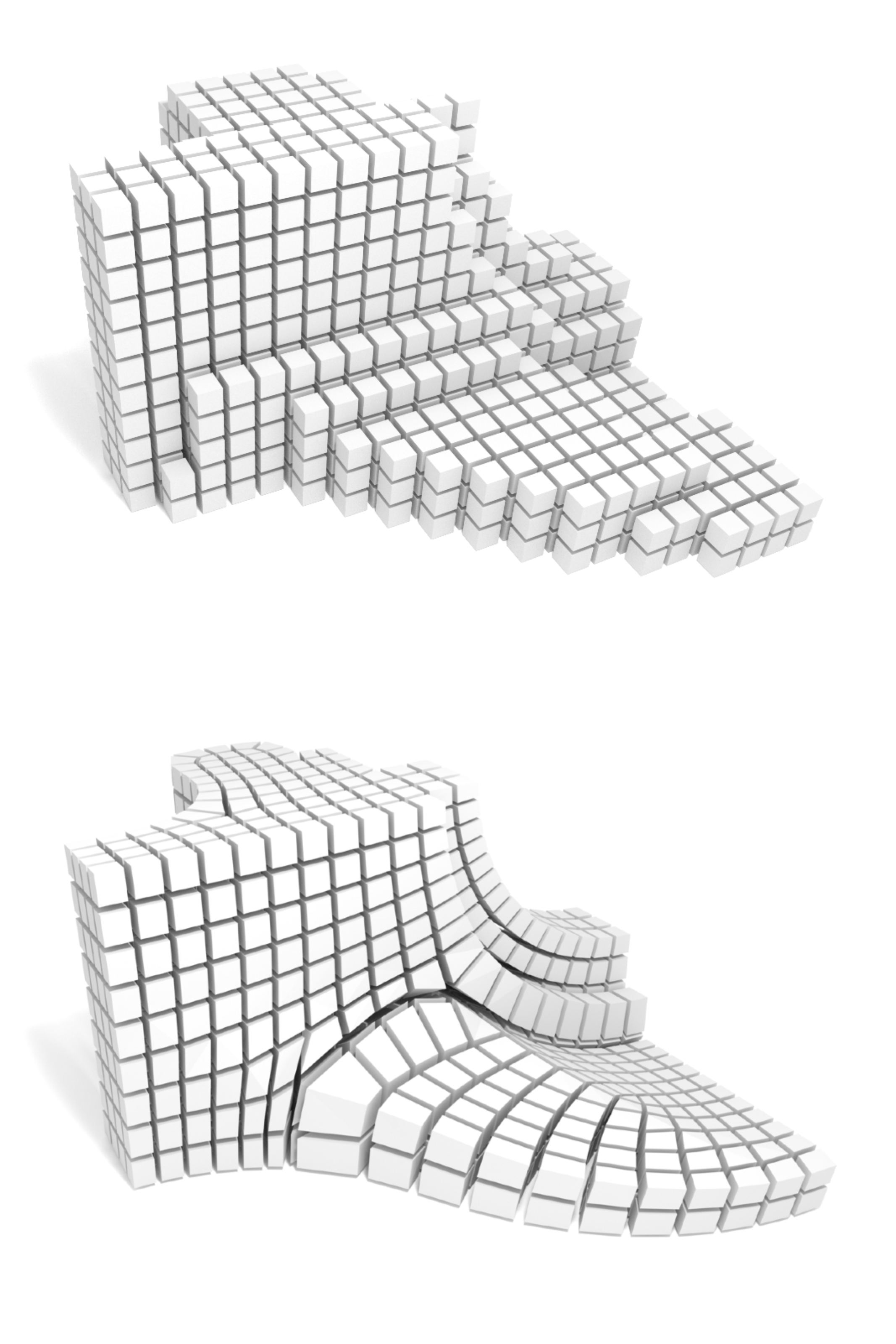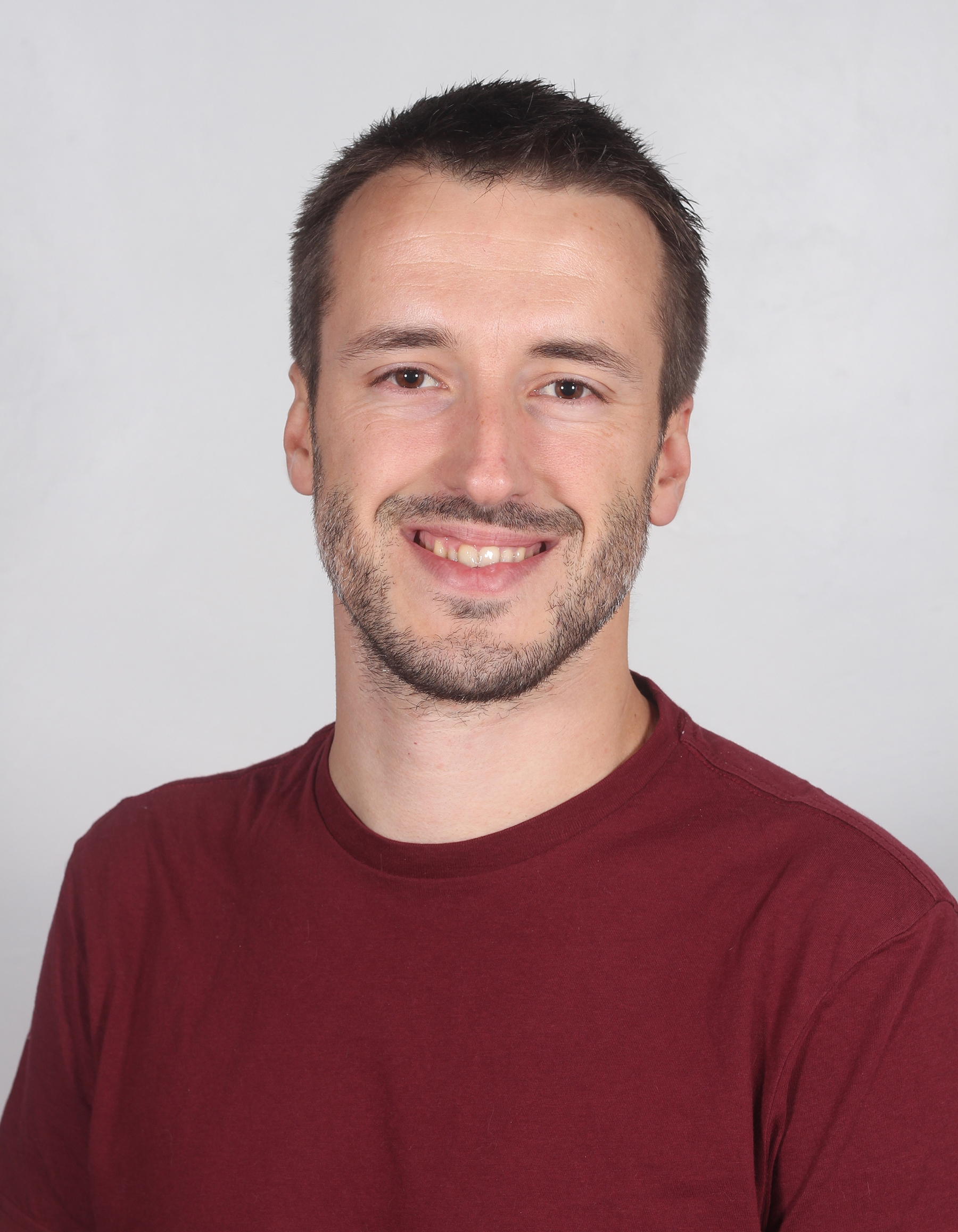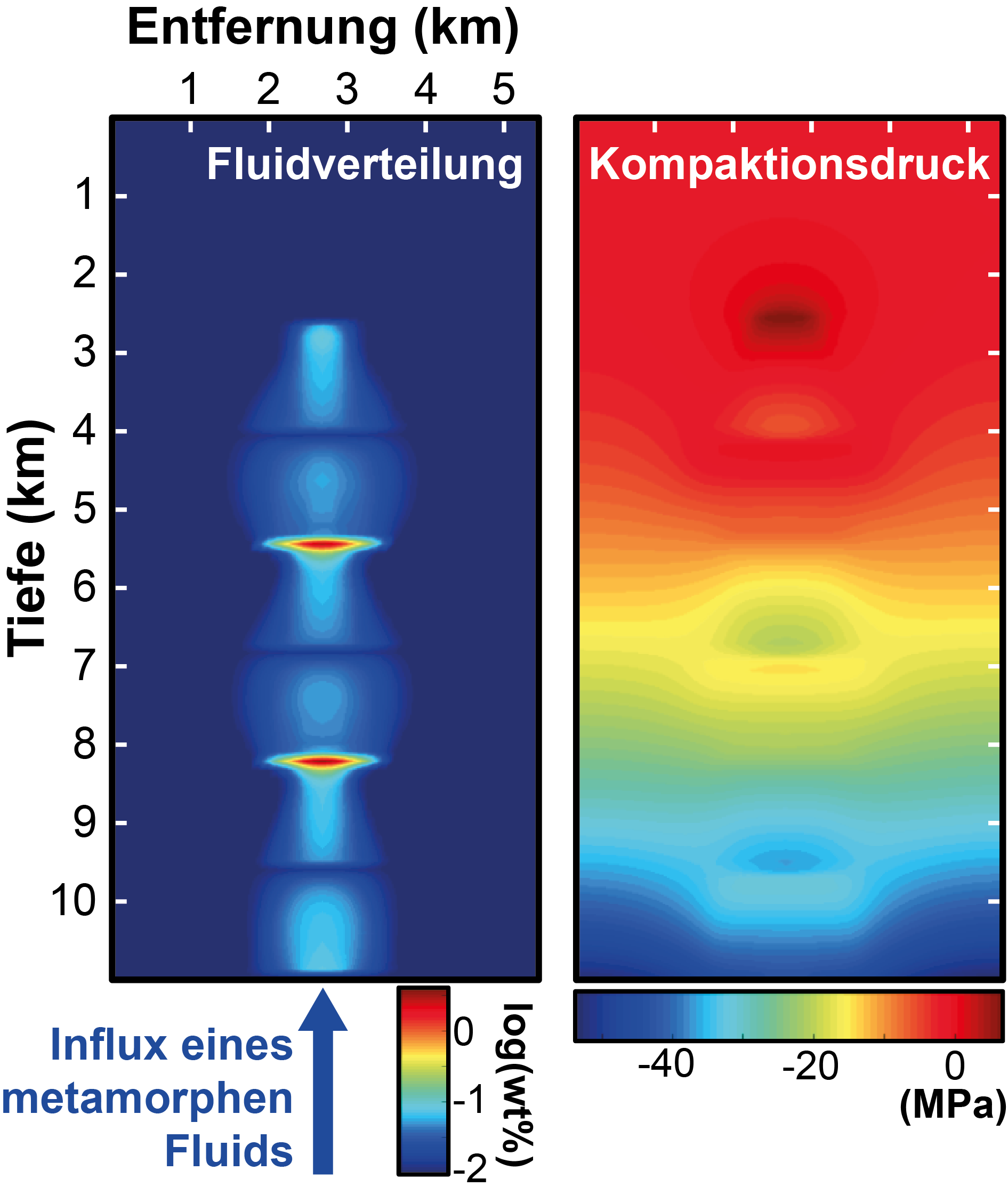Computer science professor and geologist receive 3.5 million euros in funding
Two researchers from the University of Bern have each been awarded a prestigious European Research Council (ERC) Starting Grant. Computer science professor David Bommes is seeking a breakthrough in the field of digital 3D models and geologist Pierre Lanari will be using new computer simulation to explore fluid pathways in the Earth’s interior.
The European Research Council (ERC) announced the recipients of its prestigious starting grants, awarded as part of the European Union research and innovation program “Horizon 2020”. They include two researchers from the University of Bern.
David Bommes, Professor at the Institute of Computer Science, is receiving around 1.5 million euros for his five-year “AlgoHex” (Algorithmic Hexahedral Mesh Generation) project. Pierre Lanari at the Institute of Geological Sciences has been awarded around two million euros for “PROMOTING” (PROgrade metamorphism MOdeling: a new petrochronological and compuTING framework), also a five-year project.
AlgoHex: New algorithms to improve digital 3D models
Digital 3D models play a key role in many areas of today’s world, including weather forecasting, the film industry, biomedical applications and the development of safe and efficient vehicles. In simulation in particular – the computer-assisted prediction of reality – structures are often split into small, cube-like elements known as hexahedra. Each element is elastically deformable, allowing one to model any type of shape. This is hugely important for the accuracy of simulation and offers an enormous advantage over “Lego models” in fixed, rigid sections.
Despite extensive work, researchers have so far failed to find suitable algorithms for automatically dividing shapes into hexahedral components. That failure equals huge expense in practice: generating 3D models often accounts for the lion's share of simulation project costs. David Bommes and his “AlgoHex” project are seeking a breakthrough with a new mathematical approach to the problem and looking to develop algorithms for automatic division into hexahedra. “Automatic algorithms are immensely important if we are to simulate complex phenomena in new applications in the future and also to reduce costs for existing applications,” explains David Bommes.
He intends to use the funds to hire two postdocs, three doctoral students and a number of student assistants. “The Starting Grant enables us to put together a team that will focus in depth on all aspects of AlgoHex,” says Bommes, who believes the University of Bern offers the ideal conditions for that work. “Switzerland – and the University of Bern in particular – is an attractive location for excellent researchers from around the world, and we need those researchers for an ambitious project like AlgoHex.”
PROMOTING: Modeling fluid pathways in rock
The progressive transformation of crustal rocks during burial and heating releases fluids, which have an important role for earthquake generation, magmatism, crustal growth and for global geochemical cycles. The scientific community has made several hypotheses about fluid-rock interactions in the crust, but it still remains highly challenging to recognize and quantify fluid fluxes in crustal rocks and to model fluid pathways.
Pierre Lanari's “PROMOTING” project aims to understand how fluids affect the rock transformations in the Earth’s interior between depths of 5 and 100 km using computer simulation. To this end, Pierre and his team will develop new high-resolution imaging techniques for rock analysis and produce the first computer model of metamorphism (changes in the mineralogical composition and rock texture) that integrates element mobility in fluids from rock scale to crustal sections. The results of computer simulation can then be compared with geochemical data obtained on rocks from all around the world.
“The Institute of Geological Sciences has the high-tech facilities required for this project,” explains Pierre Lanari, adding that “the funds will enable me to set up a research team, acquire new instruments and organize field campaigns to collect important rock samples.”
ERC Starting GrantsThe European Research Council (ERC) was set up by the European Union in 2007 and is the first pan-European funding agency for leading-edge basic research. Its mission and aim is to promote investigator-driven research by Europe's best researchers. The Starting Grants are designed to support Europe's most talented young researchers in building their own teams and conducting groundbreaking research across all disciplines. |
About David BommesDavid Bommes is Professor of Computer Graphics and heads the Computer Graphics Group at the University of Bern’s Institute of Computer Science. After his undergraduate degree and doctorate in computer science at RWTH Aachen University, he headed to the research center Inria in Sophia Antipolis in southern France and then to AICES graduate school at RWTH Aachen University before moving to the University of Bern in 2018. David Bommes’s research specialisms are the development of efficient algorithms for the generation and processing of digital 3D models, and numerical optimization. Some of his algorithms for generating high-quality 3D models are now an important element of commercial application software. David Bommes has received a number of prestigious awards for his research, including the Eurographics Best Ph.D. Thesis Award 2013 and the Eurographics Young Researcher Award 2016. |
About Pierre LanariDr. Pierre Lanari is a Research Associate at the Institute of Geological Sciences at the University of Bern (Switzerland). He gained his PhD in geosciences from the University of Grenoble (France) in 2012. His work is aimed at understanding where and how fast rocks change in the Earth's interior by combining high-resolution geochemical analysis with complex thermodynamic models. Pierre Lanari has contributed to the development of important geoscience tools, including the mapping software XMapTools, and to the theory, technique and application of advanced petrological models. He recently co-edited a volume of the Reviews in Mineralogy and Geochemistry series on petrochronology and is associate editor of the scientific journal Computers and Geosciences. |
2019/09/03





